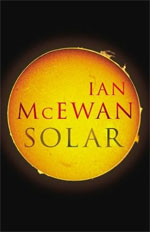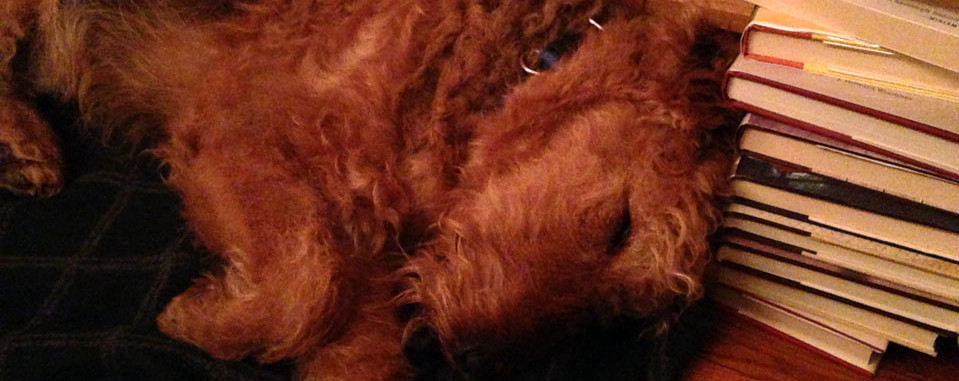
It’s no coincidence that the epigraph of Solar is a quote from John Updike’s Rabbit, Run. Nobel Prize-winning physicist Michael Beard, the prickly, almost completely unlikable protagonist of Ian McEwan’s latest novel shares the heedless primal energies – and rationalizations for the consequences of those energies – with many of Updike’s retrograde central characters. McEwan attaches this repellent character to the themes of climate change debate and the commoditization of green technologies, and that seems troubling at first. But soldiering through that initially offputting impression, I soon realized that climate change was just one of several sacred cows bulldozed by probably the most cartoonish characters and careening plotline (with a manic quality reminiscent of Don DeLillo’s White Noise) McEwan has ever essayed. And that’s saying a lot. And that’s actually, for the most part, a compliment.
While skewering climate change and environmental discourse through Beard’s blatant opportunism and indifferent scholarship, McEwan also manages to trample everything from marriage to criminal investigations to healthy eating along the way, in rollicking and entertaining fashion. I couldn’t take any of it too seriously because I wasn’t sure McEwan was taking it too seriously himself. I get it, I get it – we have to take a huge grain of salt with the sanctimony of any noble crusade and those espousing same, and climate change is perhaps just as ripe for questioning and comeuppance as anything else. After I’ve been entertained by this book, I didn’t feel there was any longer term message I was supposed to take away other than “wait and see what Ian McEwan will do next.” This book is not going to haunt me the way “The Child in Time” or “Enduring Love” did, and it’s not going to get under my skin the way the somewhat ponderous “Atonement” and the deeply flawed “On Chesil Beach” did. But it was twisted fun while it lasted.
